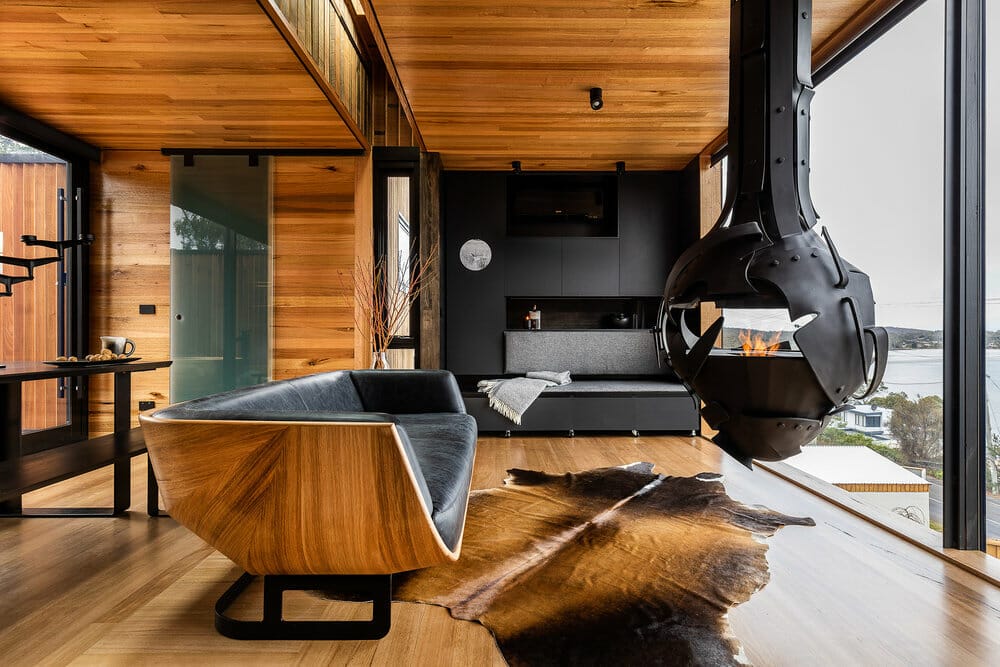We have to be careful that anti-forestry sentiment doesn’t lead to unintended consequences, writes Planet Ark’s David Rowlinson.

The Australian forestry sector is one of the most highly regulated and well regarded in the world.
Australia has a total forested area of 134 million hectares (Ha), about 17% of the total land mass. Of this plantation is 2 million Ha (1.5% of total forest area) and provides over 87% of total wood production.
Plantation commenced in the 1960s as part of government investment in nation building, in recognition of our native forests being incapable of meeting the needs of Australia’s rapidly growing population. Importantly, plantations were always meant to complement, not replace existing native forest.
The plantation estate is split roughly 50% softwood (mainly radiata pine, used for residential housing construction) and 50% short-rotation hardwood (mainly eucalypt, used predominantly for wood chip production).

Of the 132 million Ha of native forest, the area where it is legal to conduct forestry is only 5 million Ha, approx. 3.7% of native forest area. Almost all of this is selective harvesting of regrowth forest; there is virtually no harvesting of old growth forest in Australia.
Furthermore, the native forestry sector is predicated on growing timber for the highest possible economic return. Native species such as Tasmanian Oak, Blackbutt and Spotted Gum (to name but three) cannot be grown in monoculture plantation, and are used primarily for high-value architectural and furniture-making applications. They are not grown purely for the production of wood chip (as has been suggested), a market far better served by the hardwood plantation estate.
There are vast tracts of native forest where it is illegal to harvest trees, including a 46 million Ha (35% of Australia’s native forest) that is on land protected for biodiversity conservation, or where biodiversity conservation is a specific management intent.

As for claims of widespread deforestation, it might come as a surprise to learn that Australia’s forest area has increased since 2008, with a net increase in forest area over the period 2011 to 2016 of 3.9 million Ha.
Of course, a key requirement is to use certified timber, sourced from either native forests or plantations. Forest certification has developed as a way of demonstrating the implementation of sustainable forest management practices. To enable a forest to be certified as being sustainably managed, an audit is undertaken by an independent, third-party certification body. The audit assesses the forest management practices of a forest manager or owner against the standard for certification.
Certification ensures that when a tree is harvested another is planted in its place. Well over 95% of Australian plantations and state forests are certified, and the significant majority of the wood used in the construction sector has chain-of-custody certification.

So why is wood so good? Well, building and construction accounts for about 40% of global greenhouse gas emissions. Using wood as a construction material actually helps to mitigate climate change. Here’s why:
Wood is the only major building material that is renewable. An average Aussie house will use about 12 cubic metres of radiata pine in its structure. This will be regrown in Australian plantations in less than a minute.
As trees grow they absorb carbon dioxide (trees grow from the air, not from the ground!). Consequently about half of the dry weight of wood is carbon – so-called biogenic carbon – which is stored for as long as the building exists. A typical Australian frame and truss house – again 12 cubic metres of radiata pine – equates to about 2.8 tonnes of biogenic carbon (a solid) stored in the wood, and about 10 tonnes of carbon dioxide (a gas) which has been sequestered from the air to produce the wood.
Timber consumes minimal energy in its production – so-called embodied carbon – so it can be used as a low-emission substitute for materials that require larger amounts of fossil fuels to be produced, such as concrete and steel. (Concrete and steel are each responsible for about 7-8% of global greenhouse gas emissions.)

It’s an irrefutable fact that Australians like wood, particularly in the houses they live in and the furniture they use. However, the traditional supply of hardwood timber from native forests has been progressively and significantly eroded. The diminishing local supply obtainable from our own forests does not mean that we don’t use wood anymore, it has inevitably forced our demand for hardwood to be increasingly met by imported timbers, often derived from the tropical rainforests of Asia-Pacific nations. We need to be careful that seemingly well-intentioned ‘save-the-forests’ preservation agendas championed by environmental activism don’t result in adverse, unintended consequences.
About Planet Ark Environmental Foundation
Planet Ark Environmental Foundation is an Australian not-for-profit organisation with a vision of a world where people live in balance with nature. Established in 1992, Planet Ark has become one of Australia’s leading environmental behaviour change organisations with a focus on working collaboratively and positively. The Make It Wood campaign aims to increase the use of responsibly sourced (certified) wood as a building material.
David Rowlinson, Planet Ark
